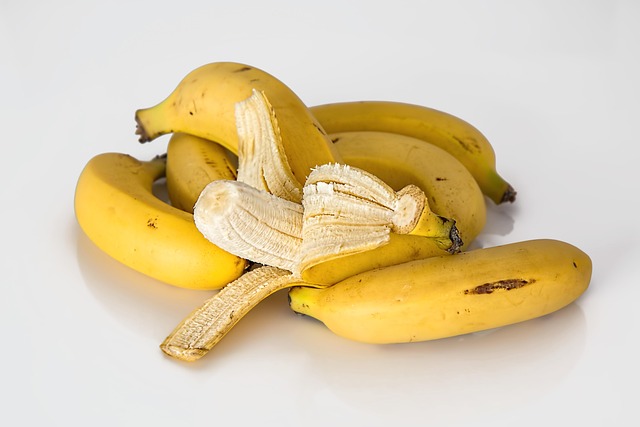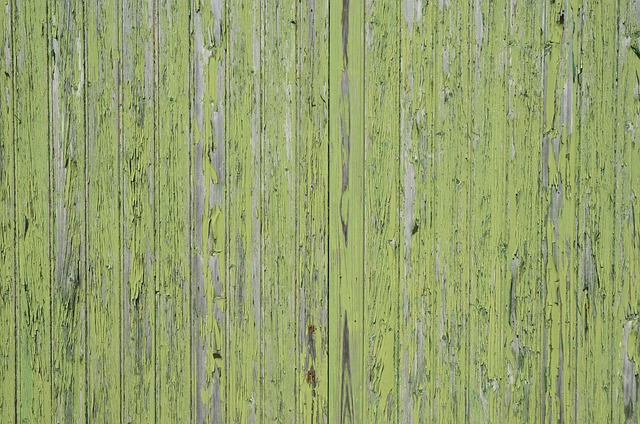Skin Resurfacing Peels are anti-aging treatments using chemical solutions to exfoliate skin, revealing smoother layers. They improve texture, reduce fine lines and wrinkles, enhance complexion, and address age spots, acne scars. Acid types include glycolic, lactic, salicylic, and trichloroacetic acid (TCA), each offering unique benefits. Selection should be guided by a qualified dermatologist based on individual skin concerns and sensitivity. Post-treatment care involves avoiding sunlight, using SPF 30 sunscreen, staying hydrated, and adhering to dermatologist recommendations. Regular use can significantly improve texture, fine lines, and complexion vibrancy for up to several months with proper care.
Unveil your skin’s youthful glow with anti-aging chemical peels, a game-changing treatment for a smoother, more radiant complexion. This comprehensive guide delves into the world of skin resurfacing peels, exploring their transformative benefits. From understanding the process to choosing the right acid and navigating safety concerns, we demystify each step. Discover how these peels can address fine lines, wrinkles, and age spots while offering long-lasting results. Uncover the secrets to achieving a youthful visage with this essential exploration of skin resurfacing techniques.
Understanding Skin Resurfacing Peels

Skin resurfacing peels are a popular anti-aging treatment that involves applying chemical solutions to the skin to gently exfoliate and reveal smoother, younger-looking layers below. This non-invasive procedure is designed to improve skin texture, reduce the appearance of fine lines and wrinkles, and enhance overall complexion. The process starts with the application of a topical acid or a blend of acids, such as glycolic, lactic, salicylic, or trichloroacetic acid, onto the face. These chemicals work by dissolving away the uppermost layer of skin cells, allowing for new, smoother skin to emerge.
Depending on the concentration and depth of the peel, results can range from mild improvements in skin texture to more significant reductions in age spots, acne scars, and fine lines. Deeper peels may require a series of treatments spaced several weeks apart to achieve optimal results, while milder options might offer immediate yet temporary effects. It’s crucial to consult with a qualified dermatologist or skincare specialist who can recommend the appropriate peel type based on individual skin concerns and needs.
Benefits of Chemical Peel Treatments

Chemical peel treatments offer a multitude of benefits for those seeking youthful, radiant skin. These innovative procedures involve applying chemical solutions to the skin’s surface, which gently removes damaged layers, revealing smoother and more even-toned skin beneath. One of the primary advantages is their ability to enhance skin texture; by eliminating dead skin cells and stimulatiing collagen production, they promote a healthier, more vibrant complexion.
Additionally, skin resurfacing peels are highly effective in addressing various skin concerns, including fine lines, wrinkles, age spots, and acne scars. Regular treatments can improve skin tone and texture, reduce the appearance of sun damage, and provide a more uniform skin surface. Many people also appreciate the convenience and minimal downtime associated with chemical peel procedures compared to other anti-aging treatments.
Types of Anti-Aging Peels Explained

Anti-aging chemical peels are a popular skincare treatment aimed at reducing signs of aging, such as fine lines, wrinkles, and age spots. These peels work by gently removing the upper layers of the skin to reveal smoother, younger-looking skin beneath. There are several types of anti-aging peels available, each with its own unique benefits and active ingredients.
One common type is the lactic acid peel, which is suitable for all skin types. Lactic acid is a gentle alpha hydroxy acid (AHA) that exfoliates the skin while providing hydration. Salicylic acid peels are another popular choice, particularly effective for those dealing with acne scars and congestion. This beta hydroxy acid (BHA) penetrates deep into pores to unclog them and smooth out skin texture. For more intense results, trichloroacetic acid (TCA) peels are used to target deep wrinkles and sun damage, but they require a trained professional due to their potency. Skin resurfacing peels, in general, offer a non-invasive way to achieve a youthful complexion by revitalizing the skin’s surface.
Choosing the Right Acid for Your Skin

Choosing the right acid for your skin is crucial in achieving optimal results from skin resurfacing peels. Different acids target varying levels of skin damage, from superficial to deep wrinkles and hyperpigmentation. For mild to moderate cases, alpha hydroxy acids (AHAs) like glycolic or lactic acid are popular choices due to their ability to exfoliate dead skin cells and boost collagen production. More severe conditions might require beta hydroxy acids (BHAs) such as salicylic acid, which penetrates deeper into pores to combat acne scars and rough texture.
When selecting a peel, consider your skin’s unique needs and sensitivity. Professional aestheticians can guide you in choosing the right concentration and type of acid. Starting with lower concentrations is generally advised to test your skin’s reaction before increasing strength. Regular use of the appropriate peel can lead to a youthful glow, even skin tone, and reduced appearance of fine lines—a true transformation in your skincare journey.
The Safety and Side Effects Considered

Anti-aging chemical peels, also known as skin resurfacing peels, offer a non-invasive approach to reversing signs of aging. However, safety and side effects must be carefully considered before undergoing this procedure. These peels use concentrated chemicals to exfoliate the skin, removing damaged layers and stimulating collagen production. While they can significantly improve fine lines, wrinkles, and skin texture, there are potential risks involved.
Common side effects include temporary redness, swelling, peeling, and sensitivity to sunlight. More severe reactions, although rare, may occur in individuals with sensitive skin or those taking certain medications. It’s crucial to consult with a qualified dermatologist who can assess your skin type and medical history to determine if chemical peels are suitable for you. They will guide you on proper preparation, post-treatment care, and help manage any adverse effects to ensure a safe and effective experience.
Application and Post-Treatment Care

After a skincare professional applies anti-aging chemical peels, it’s crucial to follow proper post-treatment care for optimal results and minimal discomfort. The skin may feel sensitive, red, or slightly irritated immediately after the procedure, similar to a sunburn. It’s essential to avoid direct sunlight and use broad-spectrum sunscreen with at least SPF 30 during the recovery period. Staying hydrated by drinking plenty of water also aids in healing.
In the days following the treatment, a professional might recommend specific topical medications or serums to soothe and nourish the skin. Avoiding harsh cleansers, exfoliants, or makeup for a few days is recommended. It’s important to listen to your dermatologist’s advice regarding cleansing routines and product usage to ensure a smooth recovery and promote effective skin resurfacing peels.
Long-Term Results and Maintenance Tips

After experiencing a skin resurfacing peel, many individuals are eager to know about the long-term results and how to maintain their youthful glow. The effects of these treatments can indeed be transformative, offering significant improvements in skin texture, fine line reduction, and an overall more vibrant complexion. Over time, however, it’s important to understand that the benefits may vary based on individual skin types and lifestyle factors.
To sustain the advantages gained from chemical peels, a consistent skincare routine is key. This includes daily protection from UV rays using broad-spectrum sunscreens, as sun exposure can accelerate aging. Additionally, incorporating hydrating products and antioxidants into your regimen can help maintain skin elasticity and protect against environmental damage. Regular exfoliation (but not overdoing it) can also support the long-lasting results of skin resurfacing peels.
